Imagine a home that breathes with the land, not against it. A place where the walls, the layout, even the materials seem to nurture those within. This isn’t a futuristic fantasy but a reality rooted in the past. Across centuries, indigenous communities worldwide crafted living spaces that prioritized health and harmony in ways modern architecture often overlooks. The concept of indigenous homes healthier secrets isn’t just about nostalgia; it’s a blueprint for rethinking how we live today. From natural ventilation to spiritual balance, these ancient practices offer lessons that feel strikingly relevant in 2025, as more Americans seek sustainable, wellness-focused lifestyles. What did these builders know that we’ve forgotten? Let’s uncover the wisdom embedded in their designs.
1. Building with the Earth, Not Against It
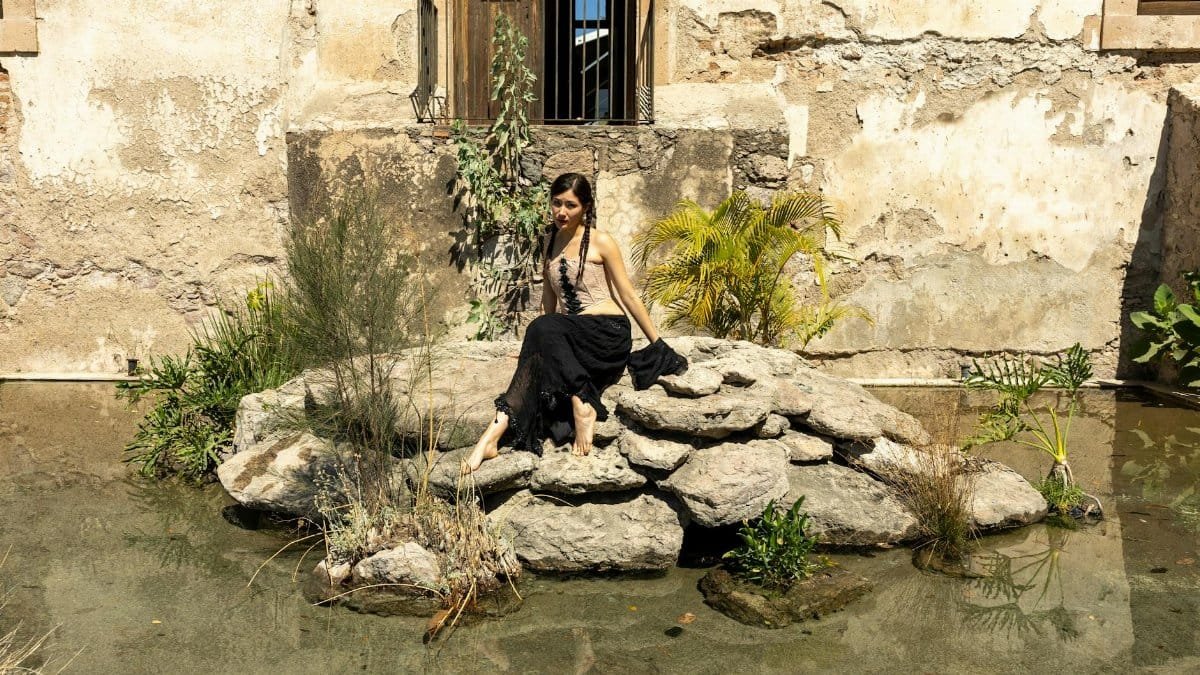
Indigenous homes often started with a deep respect for the landscape. Rather than flattening terrain, builders worked with it. Think of the cliff dwellings of the Ancestral Puebloans in the American Southwest, carved into natural rock faces at places like Mesa Verde. These weren’t just shelters; they used the earth’s thermal mass to regulate indoor temperatures, keeping interiors cool in summer and warm in winter. A report from the National Park Service highlights how such designs reduced the need for artificial heating or cooling—a natural energy efficiency we struggle to replicate today.
This harmony wasn’t accidental. It came from observing seasons, wind patterns, and sun paths over generations. Modern homes, by contrast, often ignore local conditions, relying on HVAC systems to brute-force comfort. Could we borrow this ancient patience, this dialogue with nature, to rethink suburban sprawl? The answer might lie in simply looking closer at the ground beneath our feet.
2. Natural Materials as Medicine
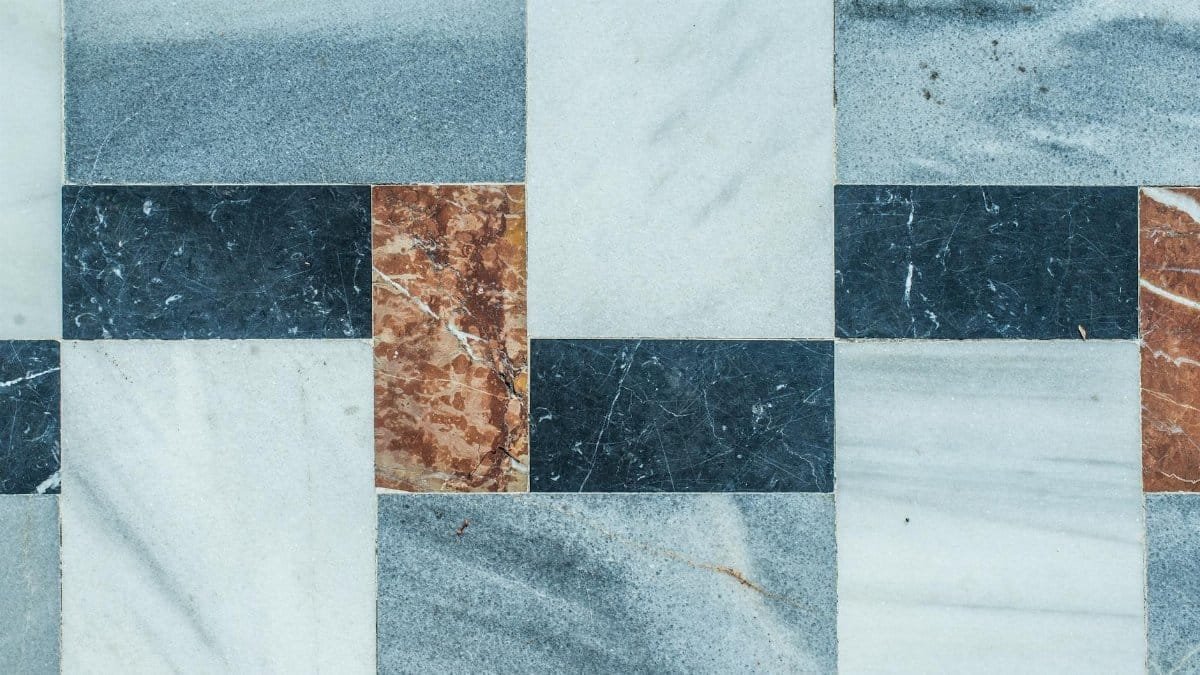
Walk into a traditional Navajo hogan, and you’re surrounded by earth, wood, and sometimes stone—all sourced nearby. These materials weren’t chosen just for availability. They carried health benefits. Adobe, for instance, used widely by indigenous peoples in the Southwest, naturally regulates humidity, preventing mold and respiratory issues. A study by the U.S. Department of Energy notes that earthen materials like adobe can stabilize indoor environments better than many synthetic alternatives.
Beyond function, there was meaning. Cedar, used by many Pacific Northwest tribes, wasn’t just durable; its aroma was believed to cleanse the spirit and deter pests. Science backs some of this up—cedarwood contains compounds with antimicrobial properties. In 2025, as we grapple with indoor air quality issues, these old choices seem less quaint and more like quiet genius.
3. Ventilation That Breathes Life

Ever notice how stuffy modern homes can feel, even with windows cracked? Indigenous designs often sidestepped this trap through ingenious airflow. Take the longhouses of the Iroquois in the Northeast. Their elongated structures, with smoke holes and strategic openings, encouraged cross-ventilation, clearing out stale air and smoke from indoor fires. Research from the Colonial Williamsburg Foundation describes how such layouts balanced warmth with fresh air—a trick we’ve lost in airtight, energy-obsessed construction.
This wasn’t just comfort. It was survival. Stagnant air breeds illness, something these communities understood intuitively. Today, as we rethink post-pandemic ventilation, their approach feels like a masterclass in simplicity. Why not design with the breeze in mind instead of sealing ourselves in?
4. Sunlight as a Silent Healer
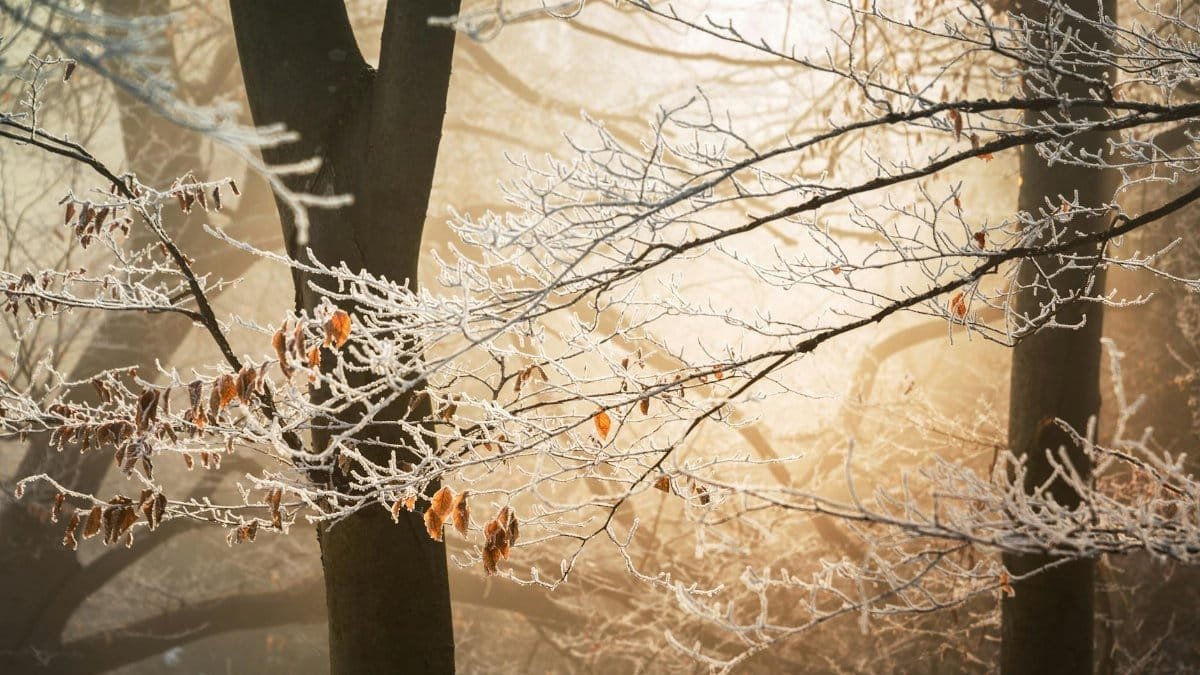
In many indigenous homes, sunlight wasn’t an afterthought—it was a cornerstone. Pueblo homes in New Mexico, for example, were often oriented to maximize southern exposure, inviting warmth and light while minimizing harsh summer glare. This wasn’t just about brightness. Sunlight kills pathogens and boosts mood, a fact supported by studies from the National Institutes of Health showing UV light’s disinfectant power.
Contrast that with today’s dimly lit basements or windowless rooms. Back then, light was a partner in wellness. One can almost picture families gathered in a sunlit kiva, the glow lifting spirits as much as it sanitized. In our screen-lit era, this ancient reliance on the sun feels like a remedy we didn’t know we needed.
5. Communal Spaces for Mental Health

Indigenous homes often blurred the line between private and shared. In Haida longhouses of the Pacific Northwest, entire clans lived under one roof, with spaces designed for storytelling, ceremony, and connection. This layout wasn’t random. It fostered community—a buffer against isolation. Modern psychology echoes this; social bonds are critical for mental health, yet our homes often prioritize individual silos.
Picture a cold evening, voices weaving tales around a central fire. That warmth wasn’t just physical. As loneliness spikes in 2025, with remote work keeping us apart, these designs whisper a reminder: build spaces that draw us together, not push us away.
6. Spiritual Balance in Every Corner
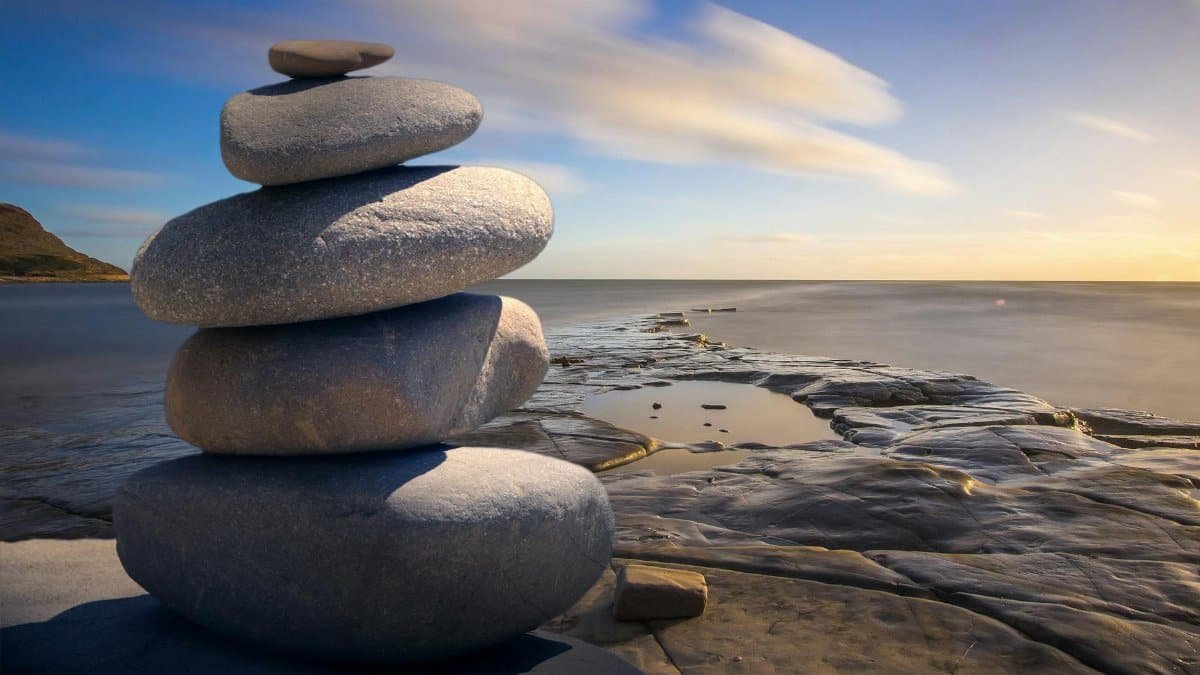
For many indigenous cultures, a home wasn’t just shelter—it was sacred. Navajo hogans, for instance, are built with the entrance facing east to greet the rising sun, aligning daily life with spiritual renewal. This wasn’t superstition. It grounded people in rhythm and purpose, a kind of mental anchoring modern therapy often seeks to recreate.
Today, we clutter spaces with gadgets, chasing convenience over calm. What if we took a cue from this intentionality? A home designed with meaning—be it a quiet corner or a deliberate orientation—might soothe in ways a smart thermostat never could.
7. Minimalism by Necessity and Wisdom
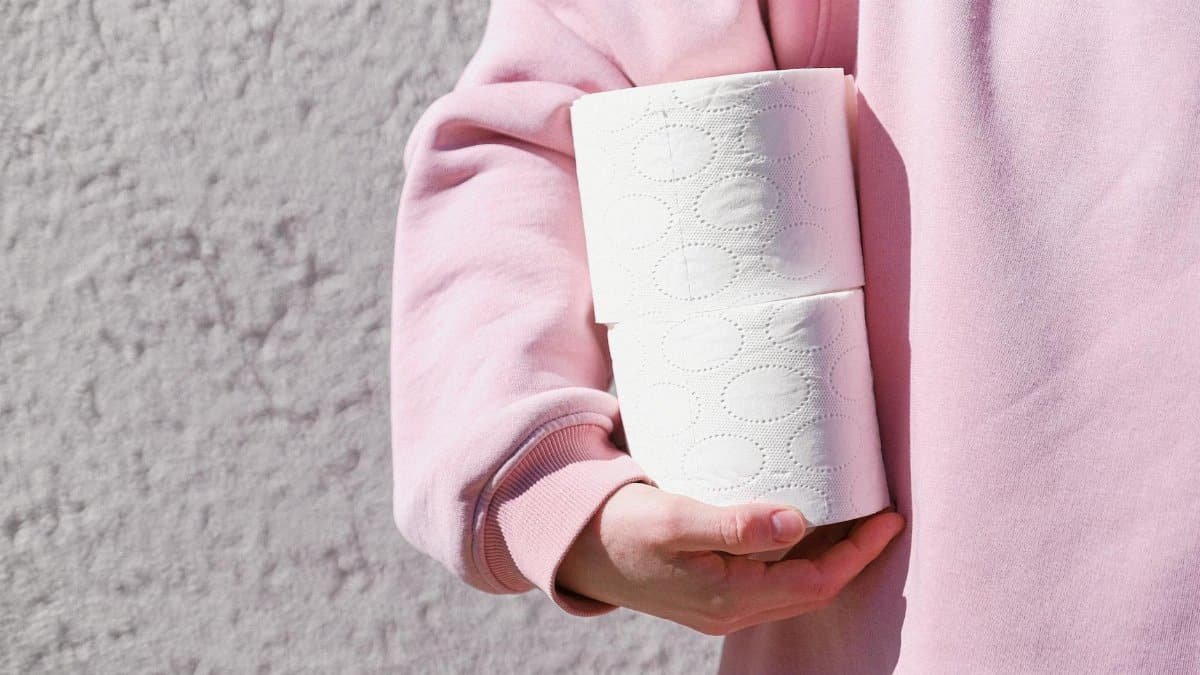
Indigenous homes rarely overflowed with stuff. Nomadic tribes like the Plains Lakota lived in tipis that could be packed up quickly, prioritizing only essentials. This wasn’t poverty; it was clarity. Less clutter meant less stress, a principle now touted by minimalist gurus but practiced for millennia.
In a culture drowning in consumerism, this restraint hits hard. One online account recently shared a longing for “a space as unburdened as a tipi felt in my mind.” That simplicity, born of necessity, might be a secret to mental clarity we’ve overcomplicated.
8. Water Wisdom in Design

Access to water shaped indigenous homes, but so did respect for it. In arid regions, like among the Hopi, homes near mesas often included systems to capture rare rainwater, preserving every drop. This wasn’t just practical—it kept environments clean, reducing disease. Modern homes often waste water, ignoring its scarcity.
Think of a family carefully tending a small cistern, aware of each splash’s value. In 2025, as droughts worsen, their frugality feels less like history and more like a survival guide.
9. Insulation from Nature’s Bounty

Before fiberglass, indigenous builders used what grew nearby. Inuit igloos, made of packed snow, trapped heat through insulation so effective that interiors stayed livable in brutal cold. Grass, mud, and hides often doubled as barriers against the elements elsewhere. These materials breathed, unlike synthetic insulators that trap moisture.
Our reliance on artificial solutions often backfires with mold or inefficiency. What if we revisited nature’s toolbox? The ingenuity of a snow wall might inspire more than awe—it could reshape how we shield ourselves.
10. Soundscapes for Serenity

Homes weren’t just visual; they were auditory. Many indigenous designs muted harsh noises naturally. Thick adobe walls or thatched roofs absorbed sound, creating quiet havens. In contrast, our echoey drywall spaces amplify every creak. Silence, or the gentle rustle of natural materials, likely eased minds long before “white noise” apps existed.
Imagine resting in a space where the world’s clamor fades. That acoustic peace, often overlooked, was a subtle health secret of indigenous homes healthier secrets we might reclaim.
11. Seasonal Adaptability

Indigenous homes flexed with the calendar. Some tribes, like the Apache, used wickiups—light, portable shelters—that could shift with migration or weather. Permanent structures, too, often had removable panels or adjustable features to adapt. Modern homes, rigid and static, rarely match this fluidity.
As climate shifts accelerate in 2025, adaptability isn’t a luxury—it’s a need. These ancestors knew change was constant. Their homes did, too. Could ours?
12. Connection to Ancestry Through Space

Finally, indigenous homes often tied inhabitants to their past. Structures like Hawaiian hale, built with traditional methods, weren’t just functional—they were history embodied, reinforcing identity. This grounding, this sense of belonging, bolstered resilience. Today, we swap houses like shoes, rarely rooting deep.
One can almost hear elders teaching younger hands to weave a roof, passing more than skill. In an era of disconnection, indigenous homes healthier secrets remind us: a home can be a story, a lineage, a healer.
